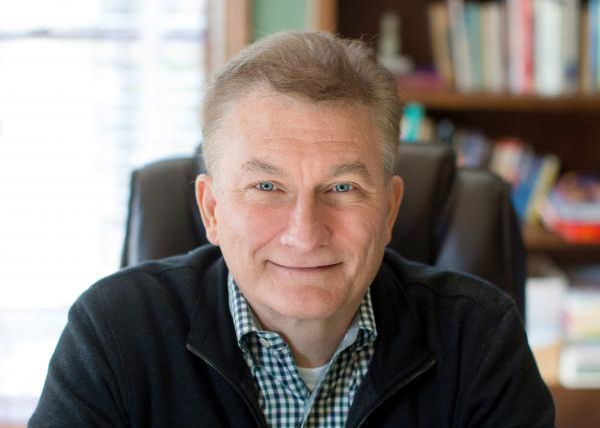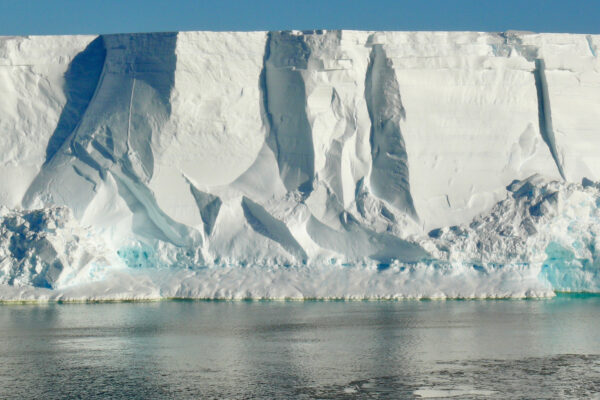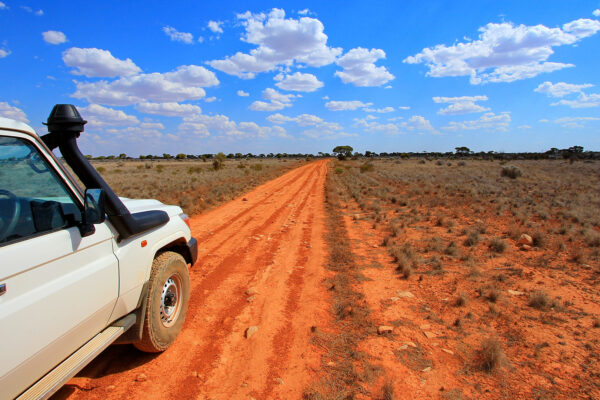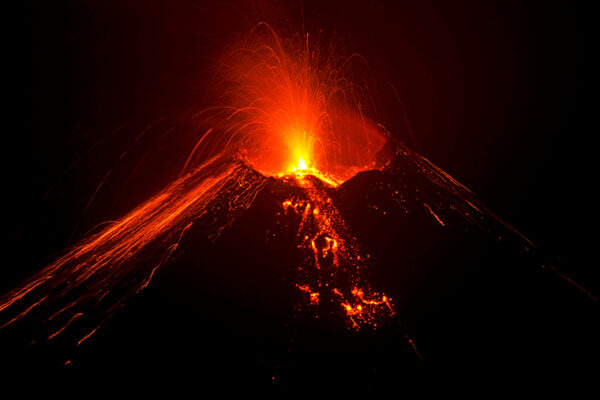A magnitude-4.8 earthquake beneath New Jersey shook the northeastern United States at 10:23 a.m. Eastern April 5, sending tremors felt in New York City and in many surrounding states.

“Our seismograph here at Rudolph Hall recorded this event, which is to be expected, given the size of the earthquake,” said Douglas A. Wiens, the Robert S. Brookings Distinguished Professor of Earth, Environmental, and Planetary Sciences in Arts & Sciences. “It’s fun to see that we recorded it. Certainly this earthquake was bigger than any quake for quite a few decades in the New York area.”
The U.S. Geological Survey reports that the April 5 quake was centered in New Jersey and is the third-strongest within 250 miles of New York City since 1950.
Although earthquakes may seem uncommon on the East Coast, they are not unheard of, said Wiens, a seismologist with more than 35 years of experience.
“This earthquake was small enough that it didn’t produce much damage, or at least there’s no reports of damage yet,” Wiens said. “I wouldn’t really expect much damage from a 4.8 earthquake.
“But if it were somewhat bigger, like a magnitude-5.5 or -6.0 earthquake, which is possible in the New York area, then you would see damage. Not catastrophic damage, but you’d see some buildings damaged.”

Wiens teaches a popular undergraduate course on natural disasters. The course examines the social, economic and political consequences of natural disasters, and the locations, particularly in the United States, where disasters are likely to occur in the future. He also serves on the Federal Advisory Committee on Earthquake Hazards Reduction.
Typically when people think of earthquakes, they think about California or Alaska: locations where earthquakes happen along a plate boundary where two geologic plates slide past each other, Wiens said.
“In these areas, we know there’s a regular motion of a few inches a year. When it gets stuck for a while and then it suddenly moves, there can be a large earthquake. This happens maybe once every 100 years,” he said.
“But there’s no plate boundary near New York, just like there’s none here in St. Louis,” he continued.
“What we have in these areas is called an intra-plate earthquake, which means that it is happening on the inside or interior of a plate,” Wiens said. “It’s basically due to the fact that the plate is under stress, and that stress causes motion on some existing faults.”
Wiens noted that St. Louis experiences magnitude-5 earthquakes about once every 20 years, with the earthquakes located in southern Illinois or along the New Madrid seismic zone, which is centered around the Missouri bootheel area.
There are a number of important ways that East Coast and Midwest quakes are similar. “Earthquake waves are transmitted very efficiently in both areas,” Wiens said.
The New Jersey earthquake was felt over a wide area, extending from Boston to Washington, D.C.
“We think it’s because of the temperature and characteristics of the crust and the upper part of the earth,” Wiens said. “That’s why this earthquake was felt so far away, even though it wasn’t a very big earthquake. A magnitude-4.8 earthquake in California wouldn’t be felt nearly that far away.
“What it means,” Wiens said, “is that if there was a big earthquake near New York — or here locally, somewhere in Illinois or along the New Madrid fault — that earthquake could cause damage over a larger area.”


